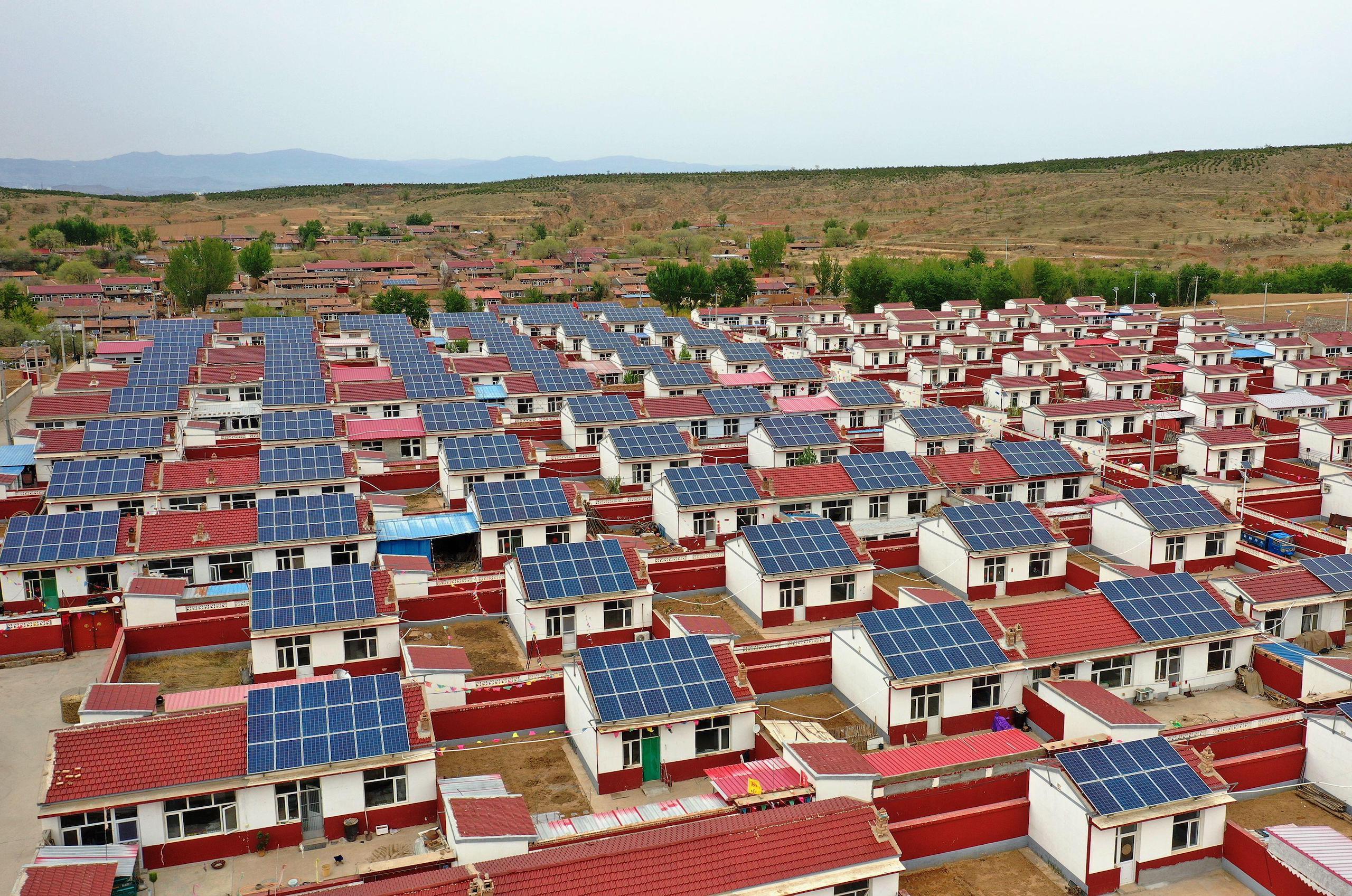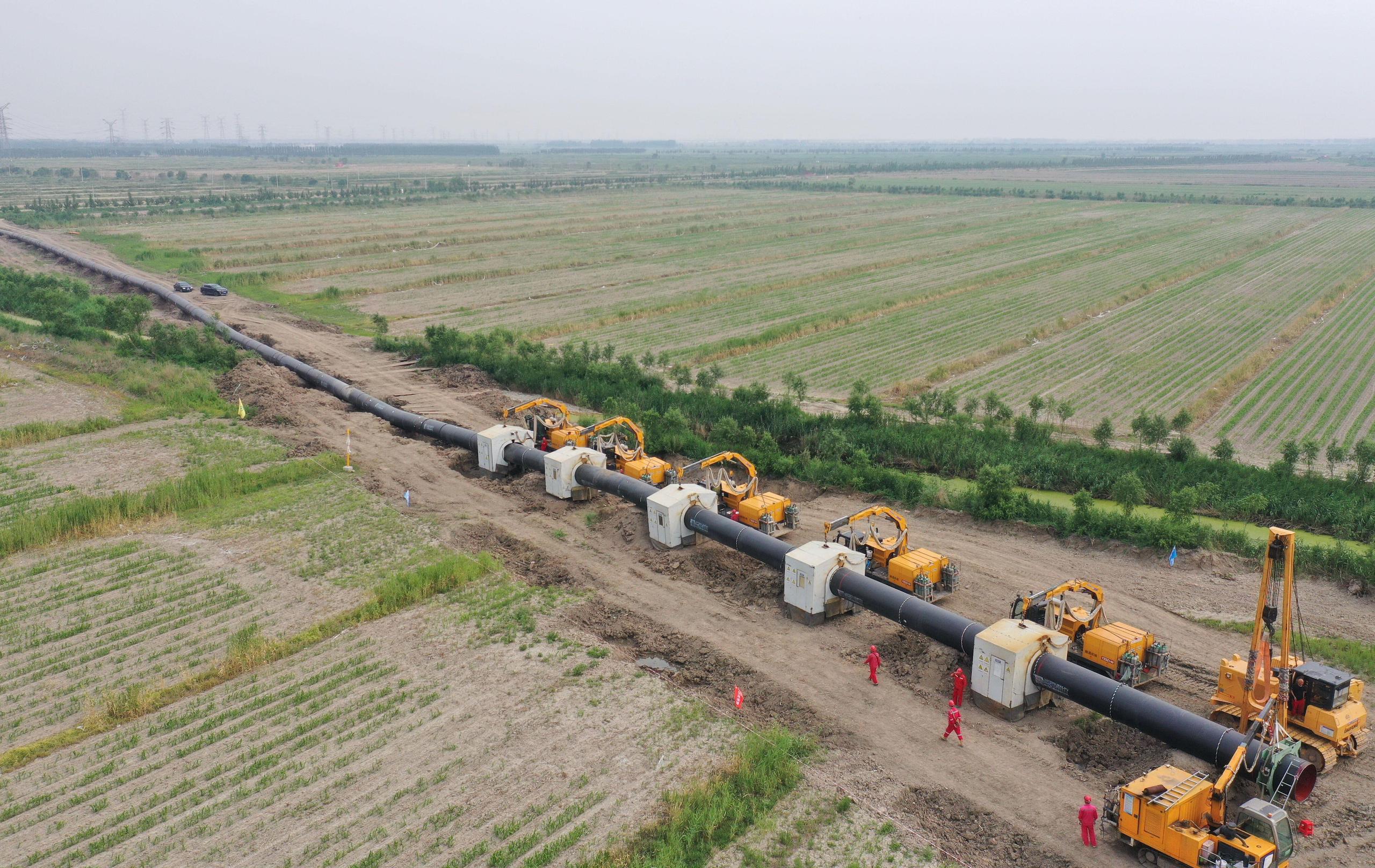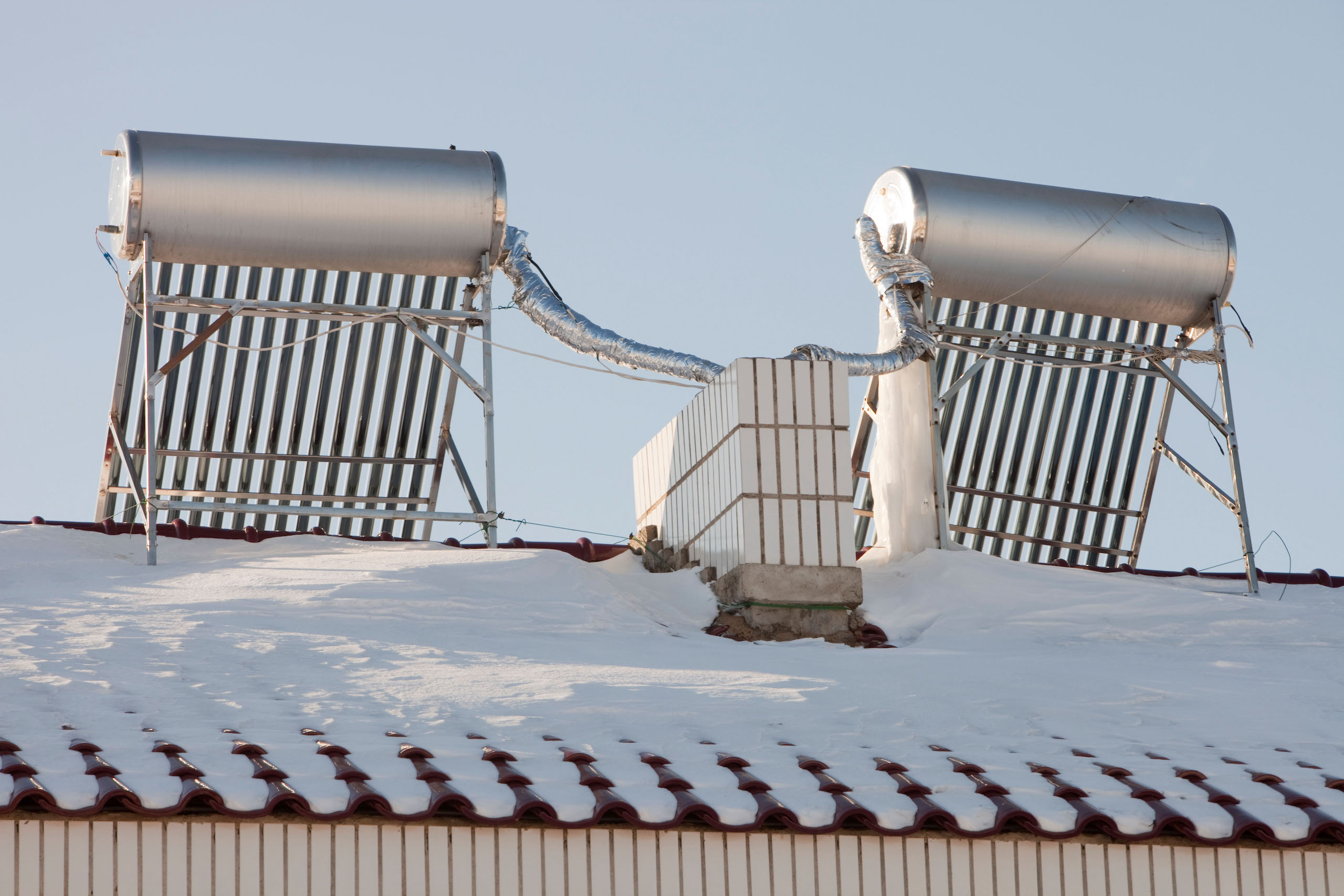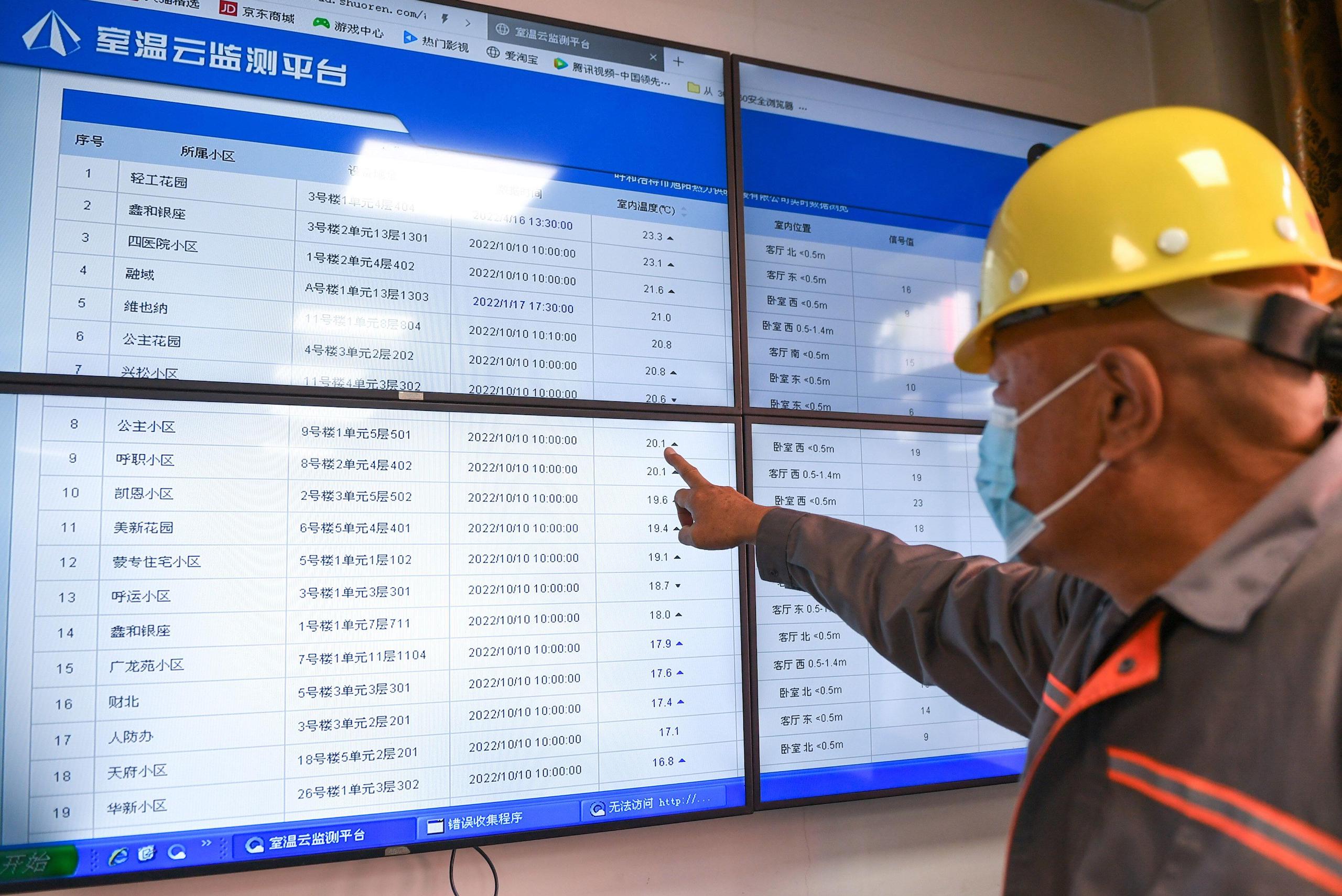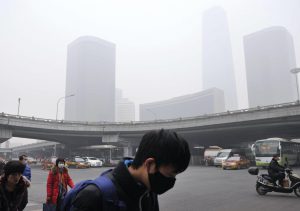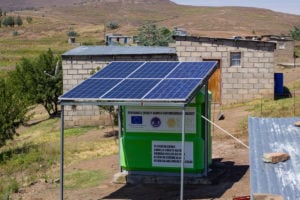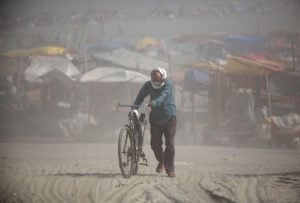This year marks the ten-year anniversary of a government campaign to clean up China’s heating systems.
Until 2013, rural households in northern China generally burned coal for heat, with each stockpiling hundreds of kilograms in the run-up to winter. Burning coal in small domestic stoves can create ten times as much pollution as doing so in a power plant. Household burning of the fuel was also a major cause of winter smog.
So, in 2013, the State Council released an action plan to reduce air pollution. A decade later, the reduction in smog is clear to see. In China as a whole, small particulate matter (PM2.5) levels have fallen by 57%, and the number of poor air quality days is down 92%, according to the latest data from the Ministry of Ecology and Environment.
In 2020, China announced it would peak its carbon emissions before 2030 and become carbon neutral by 2060. The pledge led to the intensification of work on lowering rural coal use. Swapping coal for electricity or natural gas was no longer enough. Now, lower-carbon sources of energy – geothermal, bioenergy and solar – were to be used to help reduce carbon emissions.
Liu Xin, director of the Environmental Management Programme at Energy Foundation China, said the shift in focus from air pollution to carbon emissions required the use of locally appropriate renewable energy. But he said that the low incomes and poorly insulated homes found in rural areas mean that the possibilities of extra insulation and district heating from a centralised source should be considered first.
Subsidies and rural heating
Efforts to cut back on household coal use during 2016–2020 saw real success. By the end of 2021, use had fallen by almost 60% compared to 2015. But governments had to spend heavily to subsidise both changes in heating infrastructure and household energy bills, so outcomes varied across provinces, and heat provision from renewables has remained low.
At the end of 2020, eight of China’s 15 northern provinces had a “clean heat rate” of 70% or more – meaning 70% of their buildings’ total floor area were heated without direct coal use – and six of those were at over 80%. While some villages in the north-west and north-east saw rates stay below 35%, as policy support was too brief or too weak.
The State Council’s cleaner heat action plan was triggered by air pollution, and was rolled out at different times and different intensities across provinces depending on the urgency of the issue locally. Initially, central government focused on the heavily polluted Beijing-Tianjin-Hebei region before expanding outwards to eventually cover all of northern China.
Liu Xin said that local governments topped up central government subsidies, depending on what they could afford. China’s north-east and north-west tend to be less developed than the area around Beijing and require heating for six months every year. That meant more money was needed, and that progress on cleaner heat was slower.
Policy preferences influenced the heat sources chosen. Although an official with the National Energy Administration told the media the process should not always mean swapping coal for electricity or natural gas, those were still the most popular options.
By the end of 2020, 52% of households that had replaced their heating systems away from coal in and around the Beijing-Tianjin-Hebei region and on the Fen and Wei river plains had been switched to natural gas, 38% to electricity (particularly air source heat pumps), 7% to district heating, and only 3% to other sources of heat such as geothermal, bioenergy or solar. (The Fen and Wei plains include sections of the central provinces Shaanxi, Shanxi and Henan, notably the city of Xi’an.)
Retrofitting solar power for heat would cost twice as much as using natural gasLiu Xin, Energy Foundation China
Liu Xin explained that these key areas are in flat locations with good gas infrastructure and, at the time, there was plenty of natural gas available. The switch to gas received policy and financial support from both central and local governments: “Prior to China setting its dual carbon [peaking and neutrality] targets, Chinese industry was focused on fulfilling agreements and following instructions. There was little policy support for renewables and nobody was taking any initiative.”
There are limitations to heat provision from renewables in villages, Liu Xin explained. “For example, the barriers to entry to biomass fuel and boiler markets are low, meaning quality is hard to assure and pollution benefits unclear. That hampered the roll out of biomass. Retrofitting solar power for heat would cost twice as much as using natural gas and wouldn’t work so well during rain or snow.” Opting for gas or electricity were therefore the preferred options.
Whatever was chosen, costs jumped. The changes all relied on government subsidies, and not just for initial installation costs. Subsidising running costs also strained government purses. In 2019, Hebei began phasing out subsidies, cutting them by 50% in 2020, by 75% in 2021 and ending them entirely in 2022.
Liu Guangqing, a professor at Beijing University of Chemical Technology, told a Caixin reporter that few households that had switched away from coal saw incomes rise between 2017 and 2019, and that the withdrawal of subsidies could see them return to coal. So, he said, “the government should consider sustainability of the policy.”
District heating has economies of scale
Cost has been a key issue with the roll-out of cleaner heating. The extra expense of gas heating means low-income rural residents are often unwilling or unable to use it. And an ill-considered large-scale switch to gas has led to gas boilers being installed but not hooked up to gas pipes, or left idle due to running costs.
An investigation by China Energy News found 86% of rural residents across northern China aimed to keep heating costs under 2,500 yuan (US$355) per year, with 70% hoping to spend less than 2,000 yuan (US$284). But switching from coal to gas led to increases of 1,000 to 2,000 yuan per household. Even with the subsidies available at the time, 11% of respondents said they couldn’t afford the extra, while more than 30% said they couldn’t afford gas without the subsidies.
“Policies supporting the use of renewable energy in clean rural heating, and examples of that use, only started to appear after the 2020 dual carbon targets,” explained Liu Xin.
Renewable energy plans for the 14th Five Year Plan period (2021–25) said renewables should be preferred for heating in northern China, depending on local circumstances, and set a 2025 target for non-electrical sources of heating, such as geothermal, biofuel-powered district heating, household biofuel burning, and solar, to provide the equivalent of 60 million tonnes of coal in heat.
How to make renewable heating in rural homes affordable? There has been plenty of debate on how to choose the best form of renewable energy since the National Energy Administration issued a notice in 2021 ordering that renewables be preferred where appropriate. Setting aside the costs of changing the heat source, centralised district heating systems can have considerable cost advantages in built-up areas.
Some of China’s more populous towns and villages have installed smaller-scale district heating systems during the process of urbanisation. Since 2006, district heating systems have covered an extra 350 million square metres of building floor area in northern China’s towns and villages – expanding as quickly as city and county networks.
According to the International Energy Agency, the cost of renewable heat options depends on a range of factors, including the infrastructure that needs to be built or installed, the local climate (such as amount of sunshine), and availability of resources such as biomass. But generally, district heating systems can make efficient and flexible use of diverse sources of energy and provide economies of scale. As the size of a heat network increases, so does the cost benefits over individual building heating.
In 2022, the proportion of people in China who live in towns and cities hit a new high of 65%, with 140 million rural residents moving to the cities in the preceding decade. This share will rise to over 73% by 2035 according to the forecast of Ni Pengfei, a professor at the University of Chinese Academy of Social Sciences’ School of Applied Economics. That means plenty of room for further expansion of district heating in the next ten or more years.
Liu Xin added that certain villages that are more densely populated can be similar in size to a small city, making district heating a good option. If plenty of biomass, solar or geothermal energy is available, or there are year-round sources of industrial heat, then a central heat source can be used. This could be in the form of biomass boilers, combined heat and power generation, centralised solar power, or waste industrial heat. With those nearby heat sources at low or zero cost, maintenance and management become easier and running and fuel costs lower.
But, Liu added, homes in rural China tend to be scattered and single-storey courtyard layouts. Besides, the infrastructure (such as heating network, grid capacity) in rural areas is very poor, and if centralised heating source is used, the initial investment and running costs will be relatively high, making government subsidies unsustainable. This makes district heating unsuitable. Distributed heating from rooftop solar, air source heat pumps and biomass have strong potential in rural areas, and the most appropriate should be chosen for each location.
Insulating buildings to keep the heat in
Making heating affordable isn’t just about where the heat comes from, it’s also about reducing energy usage by keeping the heat in, primarily through insulation retrofits.
In 2021, Jiang Yi, a member of the Chinese Academy of Engineering, described progress on these updates as “uneven” across different locations: “Often there’s a big focus on changing the source of heat and efficiency retrofits get overlooked.”
Liu Xin pointed out that trials of clean heat retrofits have used government subsidies mainly for installing new heating systems, with household insulation very much treated as optional. That means a lot of heat is still lost, leading to higher costs and colder homes.
Progress on energy efficiency is slowest where it is needed most: low-income rural areas
Rural homes are often old and poorly built, with little insulation, and can be 10C to 15C colder in winter than urban homes, China News has reported. Without energy-efficiency improvements, closing that gap would mean using 1.5 times as much energy as a city home, and a big jump in costs.
Progress on energy efficiency is slowest where it is needed most: low-income rural areas. According to data from Peking University’s Institute of Energy, as of the end of 2019, energy-efficiency retrofits had been completed for 184 million square metres of building floor area across northern China – only a third of a 500 million square metre target – and a mere quarter of that was in rural areas.
A village cadre from Hebei was frank: “Over the last two years, the whole village has been switched to cleaner coal. We’ve had clear instructions on how many new stoves need to be installed and how much clean coal we need to buy, and there are strict checks on our progress. But so far, we’ve had no instructions on energy-efficiency retrofits. I’ve never even heard of them being required.”
But things are improving. According to Liu Xin, the government holds an annual competition for clean heating plans in northern China, with applicant cities hoping to win subsidy funding. After calls from the Energy Foundation and Tsinghua University, the sixth round of that process has included a specific requirement for retrofitting of insulation.
Efficiency and insulation retrofits to rural homes need to consider the nature of the building, the residents’ heating requirements and their ability to pay, said Liu Xin. He gave an example: “Rural homes tend to be big, but only one or two rooms are regularly occupied. Retrofits can be targeted to those specific rooms, with insulation on northern walls and on windows and ceilings. That will reduce costs while providing satisfactory energy savings.”
To end household coal burning while also providing clean and low-carbon heat, China needs to take local circumstances into account when choosing renewable heat sources and then prioritise district heating schemes and better energy efficiency where possible. This will give the cheapest and simplest option available locally.
